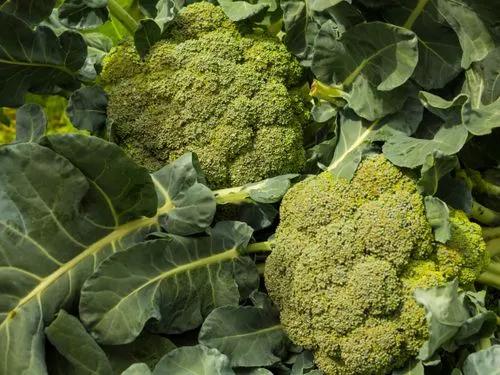A key to many dishes, Banana Pepper has won the hearts of many planters and vegetable lovers. This short-lived perennial can be cooked in numerous ways, making it a popular resident in home gardens.
Banana Pepper Care
Capsicum annuum 'Bananarama'



Commonly known as Capsicum annuum 'Banana Pepper', Banana Pepper is a popular vegetable around the world. Native to Central or South America, this greenie prefers warmer temperatures. A mature plant reaches a height of 2-3 in (5-8 cm) and produces up to 20 elongated, yellowish, curved vegetables. Depending on the variety, the color of a ripe fruit can change from yellow to green. Usually, the Peppers are ready for harvesting 75 days after planting.
How to Care for the Plant

Water

Give the Peppers a drink when the topsoil feels dry to the touch. It’s important not to waterlog them, as too much moisture causes root rot. Two-times-a-week hydration should be enough for this plant.

Pruning

It’s not necessary to prune Banana Peppers, but it can be practiced to maintain good air circulation. Remove all the damaged or diseased plant parts when trimming. It’s important to use a sterilized pruning tool to avoid disease spreading.

Fertilizer

Regular feeding helps the Banana Peppers maintain healthy foliage and encourage fruiting. Feed the greenie with a balanced, water-soluble fertilizer every 4-6 weeks. Alternatively, feedings like fish emulsion or seaweed solution can also promote growth.

Sunlight

When grown indoors, this plant requires a lot of light. Banana Pepper needs at least 6-8 hours of direct sunlight daily to thrive. The greenie may require supplemental lighting if there’s not enough sunlight in a room or greenhouse.

Soil

A nutritious and well-draining soil is what Banana Peppers enjoy the most. It’s best to plant them in a potting mix with a 6.0-6.5 pH range. If the ground is heavy, amending it with compost or aged manure can be helpful.

Propagation

Sowing seeds is the most effective way to propagate Banana Peppers. Propagating by seeds, sow them indoors in a pot or tray 6-8 weeks before the last frost date for propagation. Replant the new plants in warmed-up ground under direct sunlight.

Temperature

Banana Peppers are warmth-loving plants, so it’s best to grow them in a 70-85 °F (21-29 °C) temperature range. They can handle moderate heat, but they aren’t frost-tolerant, so it’s recommended to keep the Peppers indoors during winter months. Banana Peppers can be grown as annuals or in containers but should be brought inside before frost in colder regions.

Container

It’s best to choose a container that is at least two times larger than the plant’s root ball. Make sure the pot has drainage holes to prevent water stagnation. For young plants, it’s recommended to use a pot that is 1ft (30 cm) deep and wide.

Fun fact

The mild heat and sweet flavor of this plant make it a popular pickling ingredient. Peppers are versatile in the kitchen and can be eaten fresh, dried, or canned.

Popularity

2,202 people already have this plant 411 people have added this plant to their wishlists

Common pests

Aphids, flea beetles, and pepper weevils can munch on the Pepper’s foliage. It’s best to introduce beneficial insects like ladybugs or treat the plant with neem oil to control the pest's population.

Frequent diseases

Banana peppers may fall victim to bacterial spot and powdery mildew. Keep an attentive eye on the plant and maintain a proper watering routine and ventilation to shield it from potential ailments.

Botanist’s tips

Discover more plants with the list below
Popular articles






